
This past winter I attended a number of Sportsman Shows throughout the northeast where I performed numerous waterdog retrieving demonstrations, showing the versatility of the English springer spaniel and Labrador Retriever. What amazed me while speaking to the average outdoorsmen was not the fact that they were unaware of a spaniel or the Labrador Retrievers?versatility, but rather that they were unaware that there was a difference between show and field gundogs.
During the show I was absolutely amazed at the number of avid outdoorsmen who had little, if any, understanding of the qualities that go into breeding world-class gundogs. Throughout the course of these sportsmen shows and meeting tens of thousands of avid outdoorsmen, I would venture to guess that better than 70% of the folks I met were unaware that such a difference existed. Ask those same individuals what gauge or shot size they would use to hunt a species of upland game or waterfowl and they could easily rattle off the pros and cons of each.
So, why do these individuals have such a keen understanding on selecting the appropriate guns and loads but do not demonstrate an understanding in selecting a suitable hunting companion? The answer is a lack of education on the difference between show and field bred gundogs. Manufacturers spend countless dollars each year educating outdoorsmen on why one particular model or brand of shotgun is better than another when hunting their favorite quarry. However, when speaking to breeders about selecting a suitable hunting companion, many will claim their dogs are "bred to hunt". That simply may not be true! And I am reminded of phrase that echoes in my head from business school, "caveat emptor", literally translated "Beware Buyer".
For better than a half-century, the sporting dog breeds have gone in two separate directions when it comes to qualities sought after by professional breeders. With most sporting breeds, the "dual champion", a dog that has attained the champion title in both the show and the field, is harder and harder to come by. In fact, the last Labrador Retriever to achieve a dual champion title was in 1984, Ch-FC/AFC Highwood Shadow, sired by FC/AFC Highwood Piper. According to 2001 AKC reports only 26 show champion Labrador Retrievers have achieved the Master Hunter title. The first lab to do so was Ch. Topform Edward, MH, owned by Larry Reider of Independence, Missouri and trained by Bobby George of Blackwater Retrievers in Warrensburg, Missouri.
Why, you may ask? Simply put, both areas have become so competitive in recent years that breeders in both the show ring and the field have changed what traits they breed for in order to be competitive. To be successful in the field, professional breeders must focus on breeding traits that are highly desirable during your typical day of shooting. In contrast, a show breeder must focus on traits that relate to the confirmation and structure of their breed. I once heard a gentleman summarize it nicely, "Field breeders are producing the athletes and show breeders are producing the models".
Champion show or bench breeds must adhere to a strict confirmation standard and are nearly perfect physical specimens. Per the confirmation standard, male show Labrador Retrievers should stand 22 ?to 24 ?inches at the withers, 21 ?to 23 ?inches for bitches. Males in working condition should weigh approximately 65 to 80 pounds, while females should weigh 55 to 70 pounds. Typically speaking, show Labrador Retrievers?torso should measure no longer than their height at their withers, giving them a very balanced appearance. Their skull should be wide, well-developed but without exaggeration (a 揵locky?appearance). The show Labrador Retrievers?upper lip should not be squared off or pendulous, but fall away in a curve toward the throat. Their eyes should be of medium size, well set apart and neither protruding nor deep set. Their lids should be tight with little or no haw showing. In contrast, by breeding strictly for performance over the past 30 plus years, the field-bred Labrador Retriever has resulted in a dog that can look different from their counterpart, the show Labrador Retriever. Simply putting the two side by side can be an education in itself. The field-bred Labrador Retrievers?physical make-up is athletic and very functional for field activities. They tend to vary in size and structure.
The avid outdoorsmen would be enlightened as to the differences between show and field bred gundogs by simply attending each event. The two events could not be more different and so are the dogs that compete in them. While attending a field trial, it would become immediately apparent that dogs are not judged on physical appearance. They are judged against other dogs for their performance in the field. In contrast, show ring competitors are judged against a confirmation standard, not for hunting ability or trainability.
This past year I had the fortune to attend numerous National Field Trial Championships and saw some of the best dogs in the world compete for both the English and U.S. National Championship honors. Field trials where established to offer breeders a chance to evaluate suitable dogs for the breeding purpose, with the goal of improving the sporting breeds through "selective breeding". It抯 at these field trials, were breeders can compete their dogs, one against another, and make sound breeding decisions that influence their strain of spaniel and the future of the sporting breeds. Reputable breeders are always looking for ways to improve on weaknesses in their breeding program. Every dog has some type of weakness, regardless of the titles he or she holds, whether it抯 bird finding ability, mouth, marking ability, intelligence, trainability, or confirmation. There are always areas to improve on, and field trials offer breeders the best opportunity to evaluate these strengths or weaknesses and find suitable breeding stock for future generations.
Over the years, selective breeding has done its job; it has created two different types of gundogs, field and show, each the very best at their particular discipline. When clients ask field breeders if their dogs could be shown in the ring, often it would be a mistake for field breeders to proclaim such a possibility. The same could be said for show breeders when asked if their dogs can compete in field trials. However, without proper education, an avid outdoorsman may buy his next hunting companion based simply on the common breed name and end up with a dog that has about as much hunting ability as a Miniature Schnauzer. Remember as my business school professor used to drill into our heads, "Caveat Emptor" - Beware Buyer!
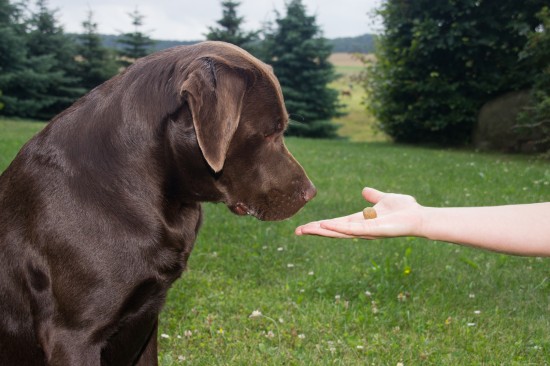 How To Choose A Dog Trainer
How To Choose A D
How To Choose A Dog Trainer
How To Choose A D
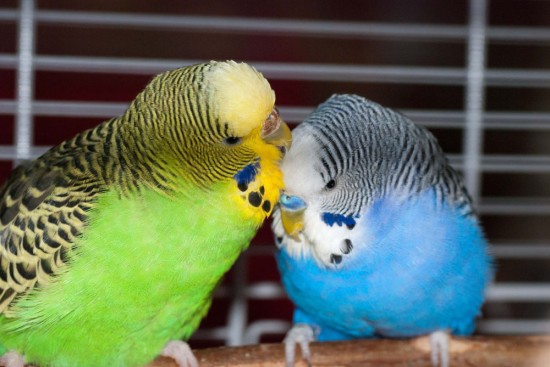 Showing Budgies For Beginners
Showing Budgies F
Showing Budgies For Beginners
Showing Budgies F
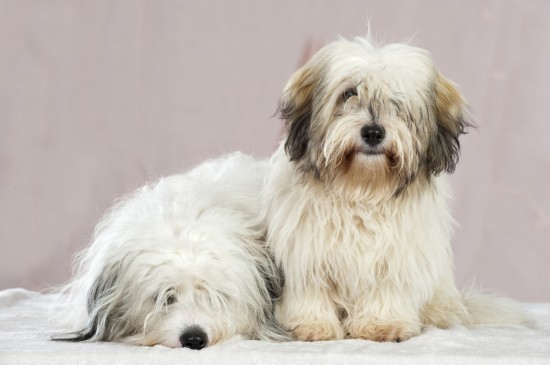 Coton De Tulear Hereditary Health And Genetic Diversity
Coton De Tulear H
Coton De Tulear Hereditary Health And Genetic Diversity
Coton De Tulear H
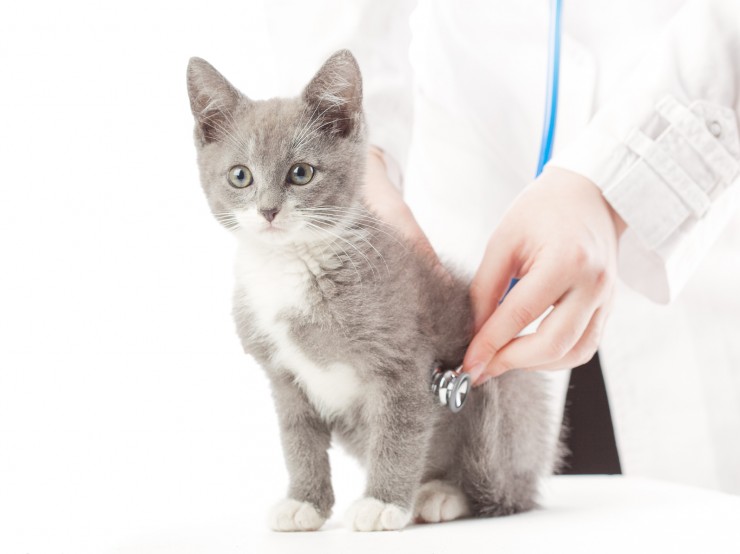 When Cats Need Emergency Veterinary Treatment
When Cats Need Em
When Cats Need Emergency Veterinary Treatment
When Cats Need Em
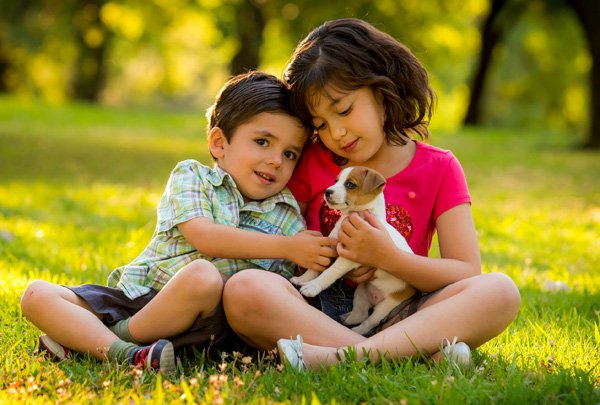 The Ideal Chicken Houses for Your Hens at Cost Effective Prices
The Ideal Chicken Houses for Your Hens at Cost Effective P
The Ideal Chicken Houses for Your Hens at Cost Effective Prices
The Ideal Chicken Houses for Your Hens at Cost Effective P
Copyright © 2005-2016 Pet Information All Rights Reserved
Contact us: www162date@outlook.com